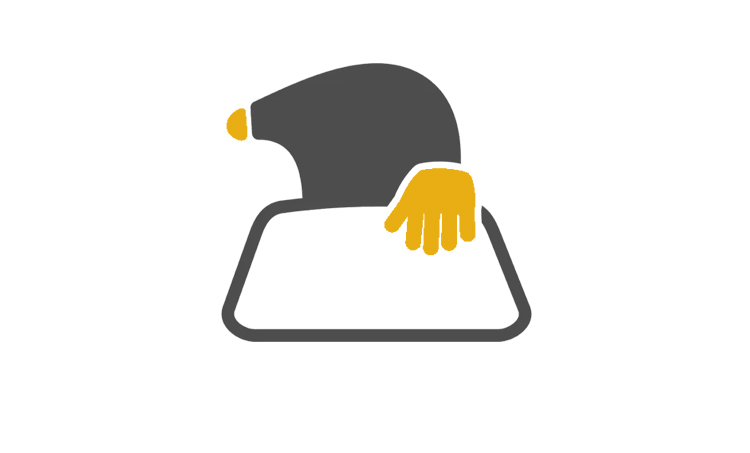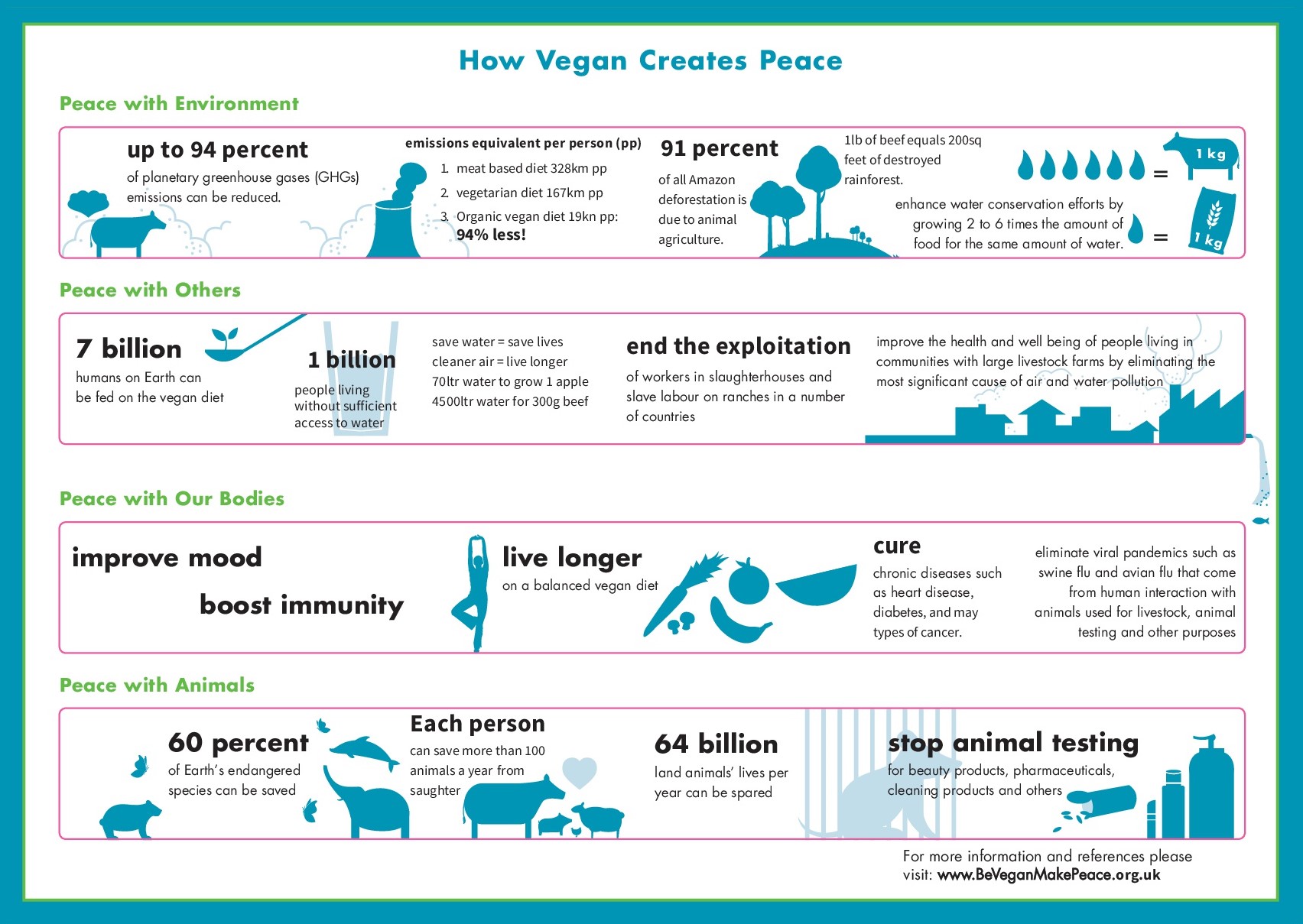Creating a new product is a complex, multi-stage process that requires a combination of analytical thinking and entrepreneurial flexibility. According to CB Insights (2023), more than 40% of new ventures fail due to a lack of market demand, and 20% — due to go-to-market strategy errors. Erik Avetisyan’s experience, rooted in a background in architecture and design along with entrepreneurial practice in the FMCG and retail sectors, demonstrates that success is built upon a systematic approach. Every stage — from idea to scaling — demands attention to detail, strategic planning, and innovation.
Stage 1: Market Research and Identifying Needs
Every product begins with understanding the target audience. Insufficient attention to this stage often leads to costly mistakes.
Key tasks at this stage:
- Analyzing consumer trends
- Identifying unmet needs
- Assessing the competitive landscape
According to McKinsey (2024), companies that invest in research and analytics at early stages increase their chances of a successful launch by 30%.
Stage 2: Idea Generation and Concept Development
Following market analysis, a pool of ideas is formed. Based on identified needs, a concept is selected that holds commercialization potential.
Experience shows that a successful concept must meet three criteria:
- Relevance to the customer
- Scalability
- Alignment with the business’s long-term strategy
In Erik Avetisyan’s entrepreneurial practice, this stage was crucial in creating proprietary FMCG brands and bringing them to national retail chains.
Stage 3: Prototyping and Testing
One of the most common mistakes companies make is launching a product without validating hypotheses. Applying lean startup principles helps minimize risks.
This stage includes:
- Creating a prototype or pilot version
- Conducting a limited launch in test segments
- Gathering and analyzing feedback
According to Deloitte (2024), companies that implement early-stage testing reduce their likelihood of failure by 35%.
Stage 4: Go-to-Market Strategy Development
Even a high-quality product requires a well-designed go-to-market strategy.
Core components of the strategy:
- Defining the target audience
- Selecting sales channels (offline, e-commerce, DTC)
- Developing marketing tools
PwC (2023) notes that companies leveraging data-driven and personalized marketing grow 25% faster than their competitors.
Stage 5: Scaling and Product Support
After the product enters the market, it’s essential to focus on expansion and strengthening market positions.
Scaling tools include:
- Expanding the product range
- Entering new regions and international markets
- Developing additional services and ecosystems
Erik Avetisyan emphasizes that product support requires continuous updates — from packaging to communications. Success is driven by flexibility and the ability to adapt to changing conditions.
International Context
Global practice confirms the importance of a phased approach. According to Statista (2024), global R&D spending in the consumer goods sector exceeds $300 billion annually. Companies that pay attention to each stage of the product lifecycle demonstrate greater resilience and growth.
Conclusion
Creating a successful product is impossible without a systematic approach. Erik Avetisyan’s experience demonstrates that:
- Market research
- Concept development
- Prototyping and testing
- Go-to-market strategy
- Scaling and support
— are the key stages that form the foundation of sustainable entrepreneurship.
In a globally competitive environment, the winning companies are those that can not only create products but integrate them into an ecosystem, build long-term value, and earn consumer trust.
Sources
- CB Insights. The Top 20 Reasons Startups Fail. (2023)
- McKinsey & Company. The State of Consumer Goods 2024
- Deloitte. Global Powers of Retailing. (2024)
- PwC. Future of Retail and E-commerce. (2023)
Statista. R&D Spending in Consumer Goods, 2024





